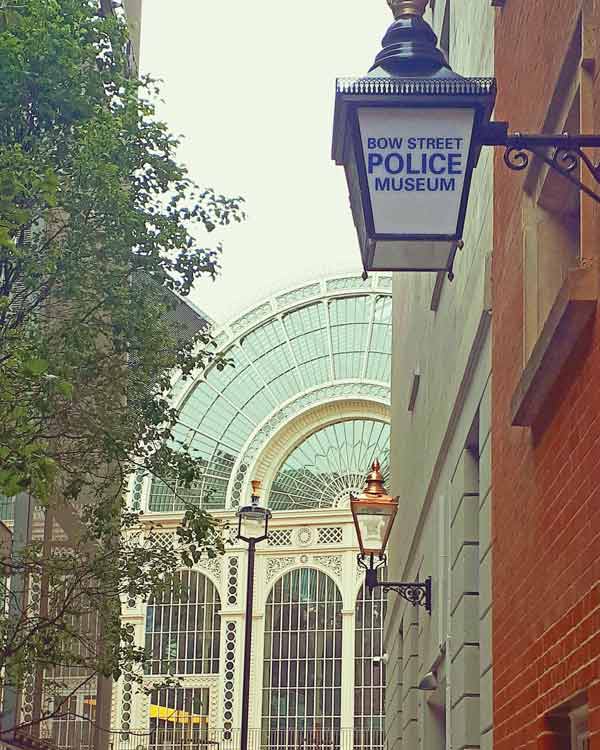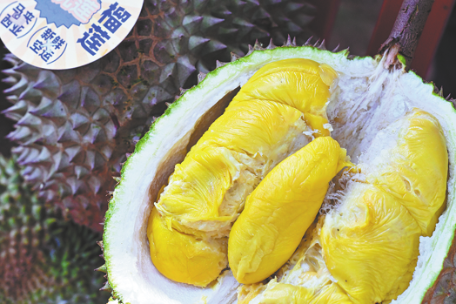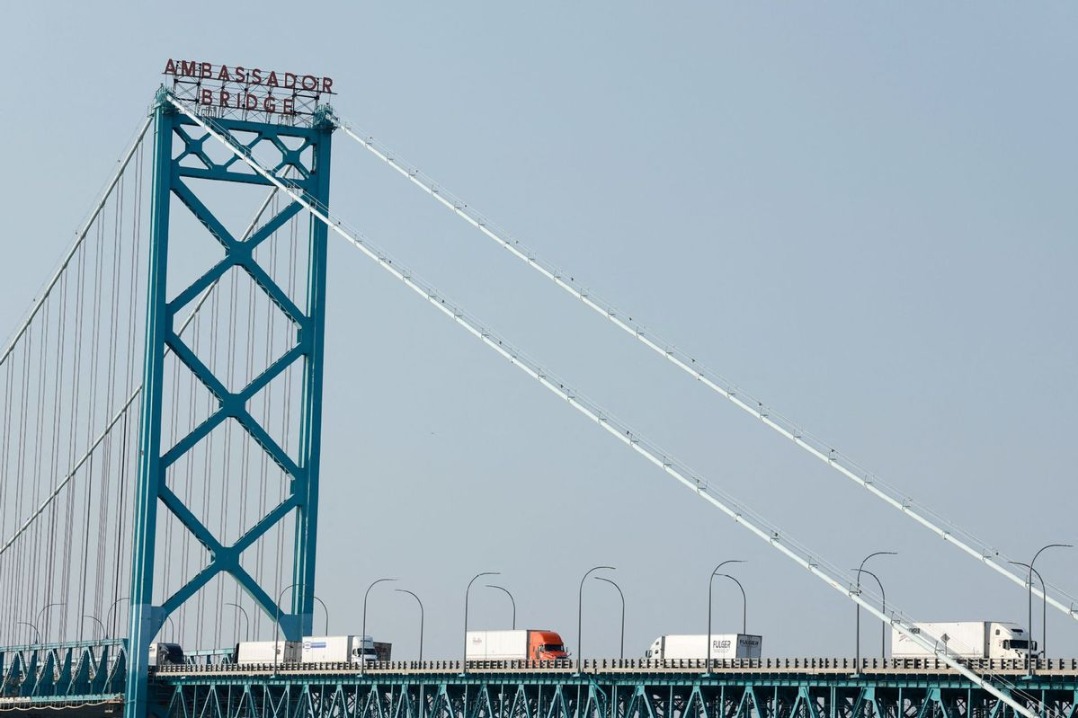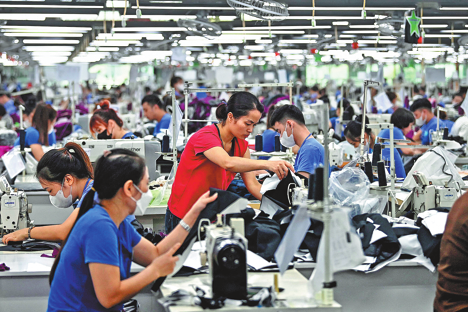Police museum adds new chapter to the history of London


One of the most famous names in London's history has begun a new chapter in its long and colorful story with the opening of the Bow Street Police Museum in Covent Garden.
London's first paid police force, the Bow Street Runners, was founded there in 1749, decades before the establishment of the Metropolitan Police in 1829.
The Runners were themselves an offshoot of the magistrate's court previously set up on Bow Street, and seven years after the street's first police station opened in 1832, the Runners were incorporated into London's new police force, the Met.
From that time until Oct 5 1992, when the police station finally shut, Bow Street witnessed some of the most memorable scenes of London history.
Irish playwright Oscar Wilde, Sylvia Pankhurst and leading lights in the women's suffrage movement and two of London's most infamous gangsters, Ronnie and Reggie Kray, all passed through the doors of the station or the nearby magistrates' court, and an extradition hearing involving the former president of Chile, Augusto Pinochet, was also held there.
"From drunks in Covent Garden to mass murderers wanted by their home country appearing before you in court, you never knew what to expect," said Tim Workman, the last serving Chief Magistrate at Bow Street.

After the police station shut, 14 years later in 2006, the courthouse followed, ending 266 years of history, but as part of the redevelopment of the site as a luxury hotel, a museum has been created.
Lockdown means opening has been postponed three times, but head curator Jen Kavanagh said the delays had given her more time to prepare the latest piece of the jigsaw of the story of the capital.
"It was supposed to open in summer 2020, and I had done an oral history project before the pandemic began, so lockdown gave me more time to develop the museum at home," she told China Daily.
"People probably take it for granted that policing as we know it today has always existed, but that's not true. Bow Street predates all we know about police history, which is why I think it will be such a big draw.
"It also shows the evolution of the surrounding area, and London as a whole. Being in Covent Garden is really important. If it was elsewhere, the story wouldn't be as powerful. Covent Garden was a working market until the 1970s, and the patch the station covered also takes in Chinatown and Soho. The story of Bow Street is the story of everything that fell within its reach, a story of a beloved area that hasn't been told before. To do it within these four walls is amazing."
The preserved custody cells add a touch of authenticity, and the testimony of those who worked there also forms a key part of the Bow Street museum.
"People who used to work here have been really moved by the chance to reminisce about that time," she added. "So many people have personal connections to the area, we hope that will draw people in and shape the museum as it grows."

As well as being home to the world-famous Opera House, for many years, Covent Garden was the center of London's fruit and vegetable trading, although it moved out in the 1970s, and the redeveloped old marketplace is now a popular dining area.
Philip Gough joined the Met in 1968 and worked at Bow Street from 1989 until its closure in 1992. He is a museum trustee, and delighted to see his old workplace alive again.
"Anyone who worked at Bow Street feels they're a torchbearer of the Runners, and takes great pride in that, so when the doors shut in 1992, there was a real feeling of the end of an era," he told China Daily.
"Everyone associated with it desperately wanted there to be a museum in the building, and having seen it, I feel very proud, and I'm really honored to be a trustee."
Bow Street has not just been a passive observer of the changing face of London, though; it has been part of that change. It was the base of the Met's first black officer, Norwell Roberts, in 1967, and in 1981 Lee-Jane Yates began work there as the Met's first female Chinese officer.
Gough said he hoped the museum could tell the story of the past, as well as being relevant to the present and the future.
"A lot of museums tell you how things were, and show you old furniture, but we want this place to be relevant," he said. "There's so much going on in policing at the moment, much of it contentious, so maybe in the future we can look at modern aspects of policing, too.
"When I first joined the police, Covent Garden was a market, and then it was left deserted before new life was breathed into it. We want to be part of that new life."

Summer 2021 will of course not be a normal one for the tourism industry, but despite the absence of overseas visitors, Kavanagh said she hoped Bow Street would pull a crowd, which would grow further once international travel resumes properly.
"People are longing to rediscover the cultural offerings that have been taken away from them in lockdown," she said. "There's a big appetite to re-engage, and we're delighted to be an addition to that.
"As well as people interested in London history, international travel resuming will be big for us, too. There's a reciprocal community of police officers around the world; when you go to another city or country, you visit the local police and swap something with them, so we'll be excited to form relationships that way and tap into that."






























